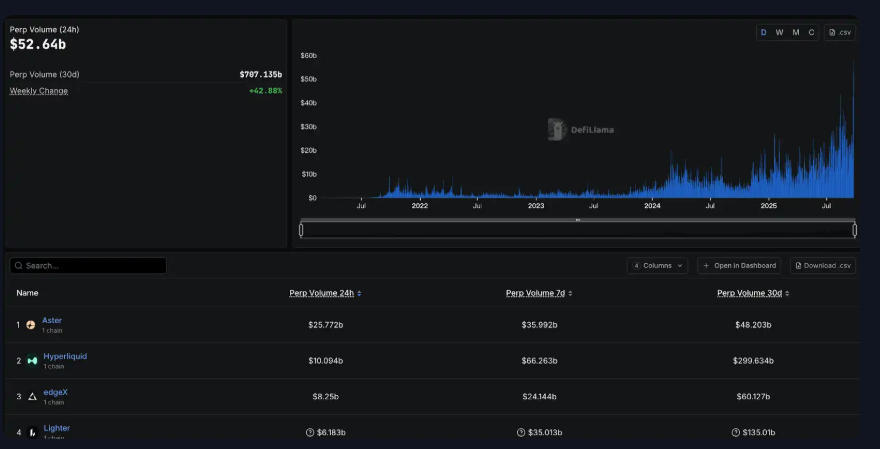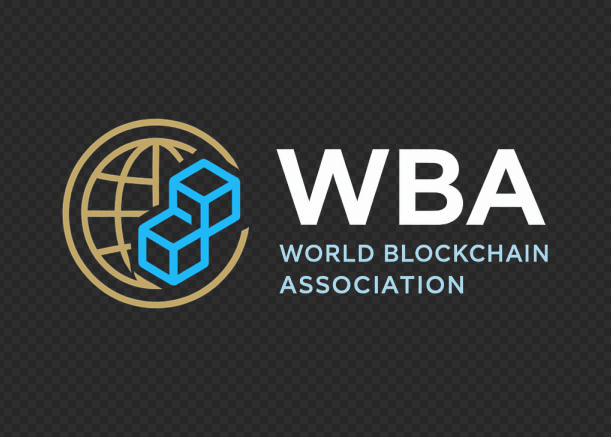
September 10, 2025 — World Blockchain Association (WBA) Reporting
The World Blockchain Association reports a dramatic shift in speculative behavior within the global cryptocurrency industry. As the Memecoin frenzy fades, investors—particularly retail traders who once chased fortunes in Dogecoin, Shiba Inu, and the Solana-based meme tokens of 2023–2024—are now migrating en masse into prediction markets. This transition, according to WBA’s analysis, represents more than a passing trend: it reflects the ongoing search for high-risk, high-reward opportunities in the ever-evolving digital asset ecosystem, spanning Cryptocurrency, Bitcoin, Ethereum, Web3, DeFi, NFT, DAO, Tokenization, and Stablecoin markets.
The Decline of the Memecoin Mania
Few segments of the cryptocurrency market have embodied the extreme highs and lows of speculative trading like Memecoins. In 2021, tokens like Dogecoin (DOGE) and Shiba Inu (SHIB) captured mainstream headlines with market capitalizations soaring to $80 billion and $39 billion respectively, boosted by celebrity endorsements and social media hype. By 2023–2024, the phenomenon resurged on the Solana blockchain, driven by platforms like Pump.fun, which enabled virtually anyone to mint and launch a token at negligible cost.
But the cycle of euphoria and collapse proved unforgiving. According to WBA’s findings, over 99% of newly launched Memecoins eventually collapsed to near zero, leaving most retail participants with losses. Even Solana’s once-booming transaction fee revenue dropped by more than 90%, underscoring the evaporation of trading activity.
A confluence of factors contributed to this decline:
- Macroeconomic uncertainty, reducing speculative inflows.
- Lack of regulatory oversight, enabling manipulation, insider trading, and “rug pulls.”
- Short-lived hype cycles, where influencers and “whales” cashed out at the expense of retail investors.
- Absence of sustainable community consensus, as Memecoin culture remained largely zero-sum PVP speculation rather than long-term ecosystem building.
As a result, the Memecoin wealth effect diminished sharply. Data suggests the ratio of losing to winning traders on Pump.fun shifted from roughly 7:3 to 6:4, but profits and losses concentrated in small ranges (±$500), signaling the end of outsized windfalls.
The Rise of Prediction Markets
In contrast, prediction markets are rapidly gaining traction as the next speculative playground. These platforms—whether decentralized protocols like Polymarket or regulated venues like Kalshi—allow participants to trade contracts based on real-world events, from political elections to Federal Reserve interest rate decisions, sports outcomes, and even cultural trends.
WBA notes that prediction markets now account for an estimated 38% of the trading volume once dominated by Solana-based Memecoins, signaling an accelerating migration of speculative capital.
The appeal lies in several critical differences:
- Transparency and Fairness: Unlike Memecoins, prediction contracts settle on verifiable real-world outcomes, reducing risks of insider manipulation or developer malfeasance.
- Legal Progress: The landmark 2024 U.S. federal court ruling in Kalshi’s favor legitimized political event contracts, granting the exchange unprecedented regulatory clarity under the CFTC. This ruling set the stage for Kalshi’s rapid expansion, including a record $1 billion trading day during the 2024 U.S. presidential election.
- Institutional Interest: With valuation surges—Kalshi’s $1 billion milestone and Polymarket’s $2 billion valuation in 2025—prediction markets are attracting venture capital, institutional funds, and even traditional brokers.
Speculation Meets Information Value
The World Blockchain Association emphasizes that prediction markets are more than just a new form of gambling. By aggregating capital-weighted bets on outcomes, they create real-time probability signals often more accurate than polls or analyst forecasts.
For instance, during the 2024 U.S. election, traders who purchased contracts on Donald Trump’s victory earned extraordinary returns, with one investor reportedly turning a $30 million position into $85 million. At smaller scales, individual traders have turned $3.72 into nearly $60,000, illustrating the same type of asymmetric payoff structure that once defined Memecoin speculation—but grounded in real-world events.
This “money as a prediction tool” framework enhances not only speculative excitement but also provides data value to policymakers, businesses, and media outlets seeking insights into public expectations.
Why Degens Are Hooked
For the so-called “Degens”—traders known for embracing extreme volatility—the migration to prediction markets reflects both psychological and structural incentives:
- Dopamine Stimulus: Similar to poker or sports betting, prediction markets offer thrill-based wagering but with clearer resolution mechanisms than opaque tokenomics.
- Low Education Barrier: Betting on whether Bitcoin (BTC) surpasses its all-time high or whether the Ethereum (ETH) Shanghai upgrade succeeds is more intuitive than decoding niche tokenomics.
- Cultural Integration: Platforms now blend meme culture with predictions, offering contracts on celebrity breakups, alien discovery, or viral events, thereby merging NFT-like entertainment with financial speculation.
- Cross-Integration with DeFi: Platforms are experimenting with derivatives, leverage, and arbitrage strategies, enabling DAO-governed prediction markets to attract both casual gamblers and sophisticated DeFi traders.
Implications for the Broader Web3 Ecosystem
The World Blockchain Association underscores several broader industry implications:
- Shift of Capital: As Memecoin hype fades, liquidity is re-allocating into prediction platforms, potentially making them 10 times larger than Memecoin markets in coming years.
- Mainstreaming Web3: Prediction markets may act as a gateway for non-crypto users, since betting on elections or sports is more accessible than understanding complex tokenization models.
- Policy Relevance: Governments and regulators are paying closer attention. Prediction markets could become instruments of public sentiment measurement, akin to real-time futures on political and economic outcomes.
- Technology Integration: By combining with DeFi protocols, Stablecoins, DAOs, and tokenized assets, prediction markets are evolving into a full-fledged Web3 sub-sector rather than a niche sideline.
Looking Ahead
The future of prediction markets may hold even greater influence than many anticipate. Thomas Peterffy, founder of Interactive Brokers, predicted in late 2024 that prediction markets could eventually rival stock markets in scale over the next 15 years. With venture capital pouring in and platforms scaling globally, that vision may not be far-fetched.
For participants weary of Memecoins’ rug pulls and pump-and-dump cycles, prediction markets offer a new speculative frontier that is both thrilling and rooted in objective outcomes. As the WBA highlights, this emerging space encapsulates the broader evolution of the cryptocurrency industry: from speculative chaos toward systems that, while still volatile, align speculation with real-world signals.
About the World Blockchain Association
The World Blockchain Association (WBA) is a global organization dedicated to advancing knowledge, policy dialogue, and innovation in blockchain and digital finance. As a leader in the blockchain and cryptocurrency space, the WBA provides stakeholders with trusted insights at the intersection of technology, regulation, and global economic trends through research, reporting, and thought leadership.







